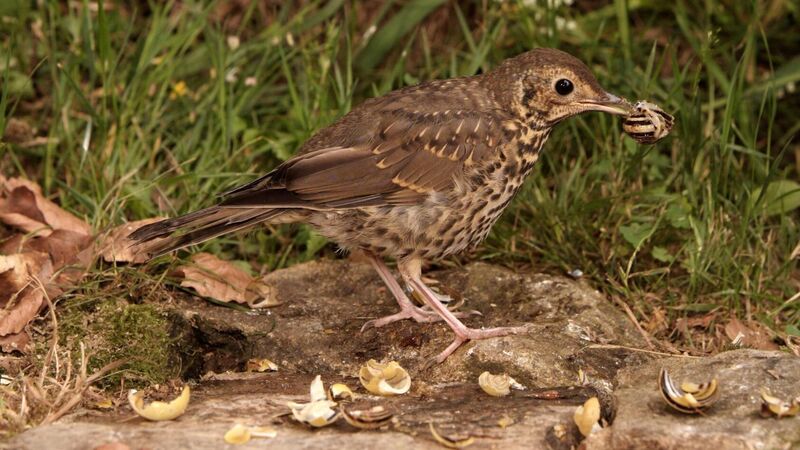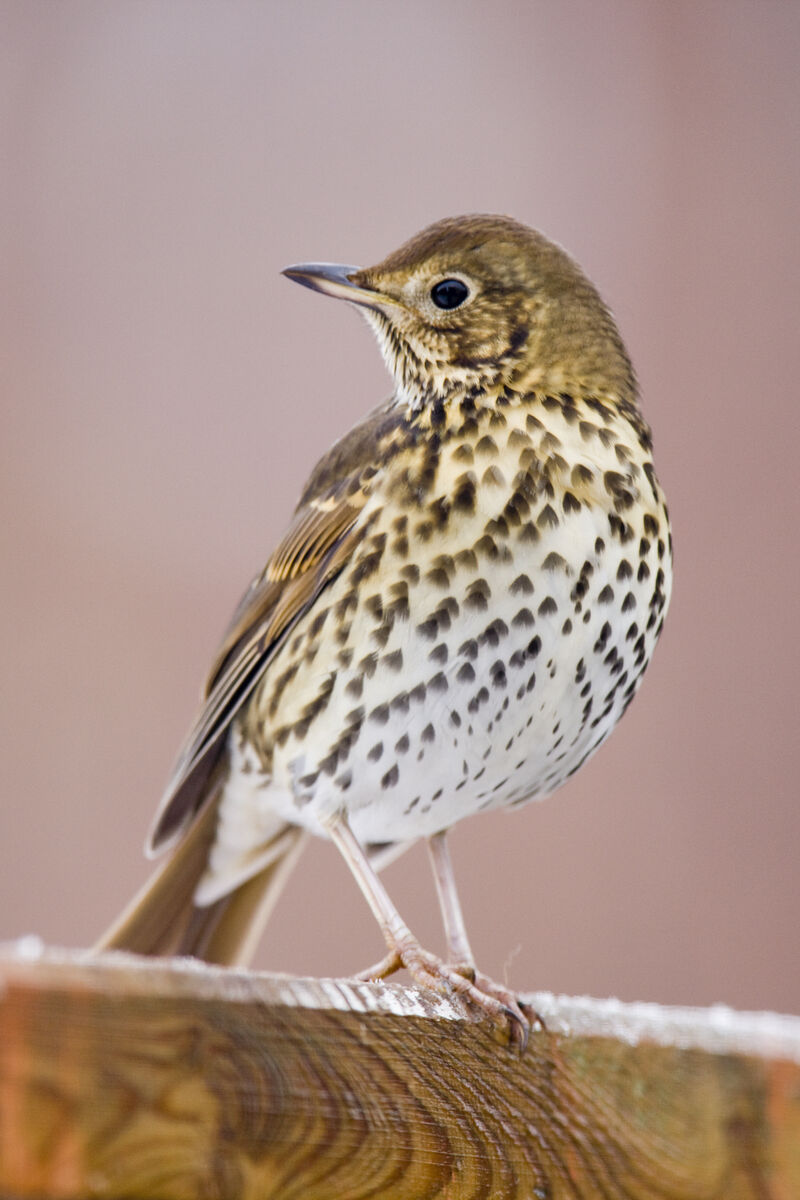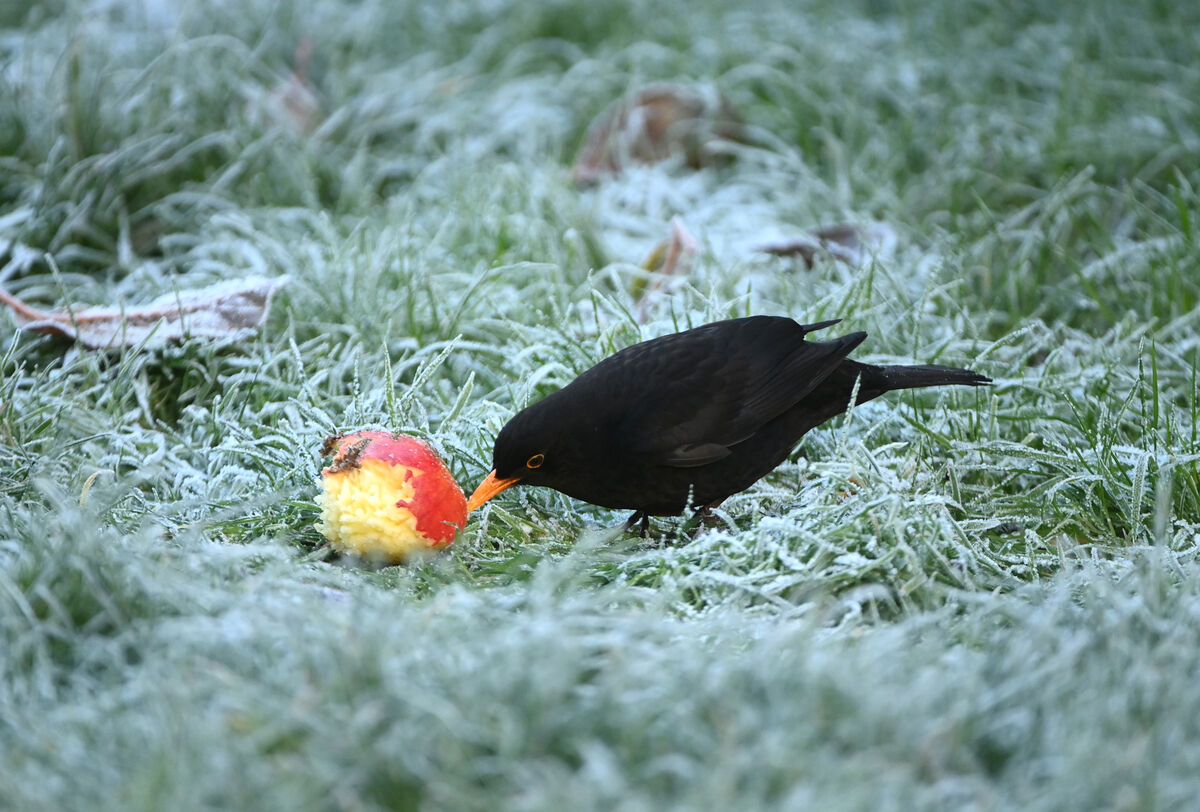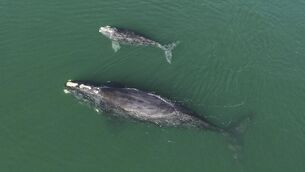Donal Hickey: My backyard musician kicks off at 3am but he's a total pro and sounds great

Song Thrush (Turdus philomelos) smashing snails on a rock — the song thrush is also a prolific breeder and can have two or three broods in a season
It’s a bit early yet for the dawn chorus and there’s a lesser symphony of birdsong these days. The song thrush has been at it since January and the one that I'm familiar with has a perch atop a fairly tall tree nearby.
He seems to come every year to the same tree — his call the dominant one, well above his fellows, the blackbird (his first cousin) and the robin.
Breaking the morning silence, he can be heard as early as 3am and he’s there again at dusk. He’s probably availing of the stillness of quiet times of day to carry his message as far as possible through Killarney National Park and surrounds. It can be heard for some distance.
Our musical neighbour, for a while only, is a splendid singer whose notes could be compared with those blown from a tin whistle, or flute: this bird is not known in Irish as the ‘smolach ceoil’ for nothing.

Aptly, the poet, Elisabeth Pike, has written about the ‘audacious thrush’ calling out from his tree, /’So small, but yet so loud /He calls, repeats/ Waits and calls again’/.
One of our most widespread birds, the male thrush sings to attract a mate and to defend territory. It looks for worms, in gardens, lawns, around ditches and hedgerows. Thrushes are so common in Ireland that people take little notice as they hop around looking for tasty morsels.
Earthworms and insects are a big part of the thrush diet. And it seems to treat snails in shells (molluscs) as a sort of delicacy. It picks up a shell and dashes it against a stone to crack it before devouring the hapless and abruptly exposed victim inside.
Prolific breeders, thrushes can have two, or three, broods in a season. Our neighbour is a grand specimen, throwing back his head and pushing out his well-speckled breast as he entertains. He should have no bother in courtship.
According to the 'Folklore and Tradition of the Irish Hedgerow', the fairies ensured thrushes built their nests low down, near the fairies’ home, so that they could enjoy the song. The fairies would not be pleased if thrushes nested high up on trees. And, as Clare folklorist Eddie Lenihan might point out, there could be stark consequences!

The blackbird’s song is similar, but a little more shrill and not as repetitive. An old, traditional tune called 'The Blackbird' was played exquisitely by the late, renowned Sliabh Luachra fiddler, Denis Murphy.
It’s years since he passed away, but Murphy is warmly remembered as a musician who could do anything with a fiddle, even making it sound like birdsong.







